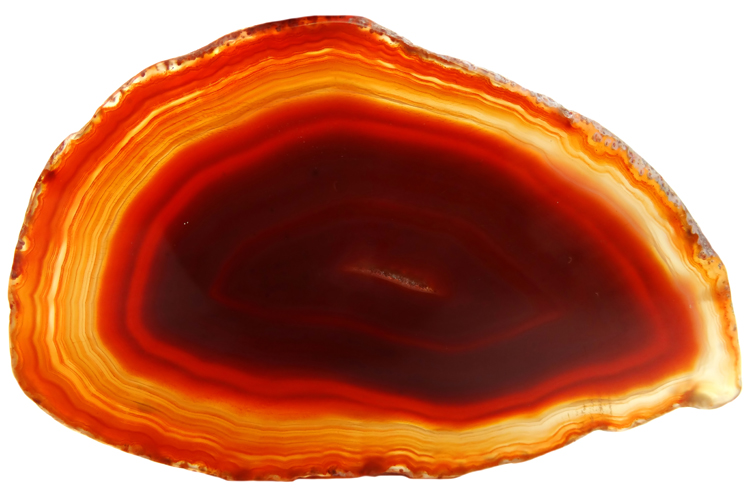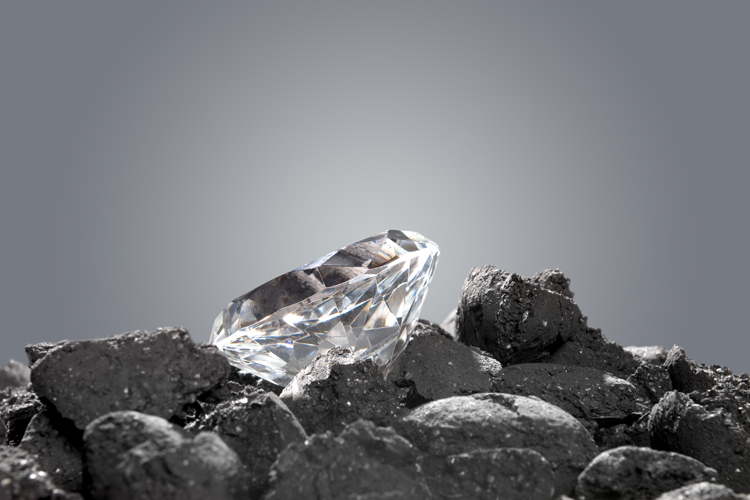Agate embodies the qualities of variety, uniqueness, and surprise.
Everything is possible with this semi-precious quartz gemstone due to the range of colors and brightness that can be found in any piece.
These colorful gems are usually linked to volcanic and certain metamorphic rocks, but they can also be found in various rock structures.
They owe their diverse microcrystal arrangement to the temperature, pressure, and mineral properties of the embracing formation.
There are several types of agate.
The Mexican Agate, also known as Cyclops Agate, the Moss Agate, the Turritella Agate, the Greek Agate, the Brazilian Agate, the Lake Superior Agate, the Carnelian Agate, the Botswana Agate, the Ellensburg Blue Agate, and the Rodeo Agate are the most famous versions of this unique and colorful gem.
The gem’s name derives from the word achates, which is the name of the river where it was discovered.
This designation was attributed to the beautiful gem by the Greek philosopher Theophrastus.
The finest jewelers and craftsmen have been using agates to create adornments such as brooches, necklaces, paper knives, earrings, and colored beads.
Agate “hunting” became a very popular outdoor activity on the Keweenaw Peninsula beaches in Michigan, USA.
At the beginning of the 20th century, there was a strong lapidary industry in the area, which used agate in the production of beads and marbles.
Agate | Physical Properties
Chemical Composition: Si O2
Cleavage: None
Color: Colorless, White, Yellow, Grey, Brown, Blue, Red
Crystal System: Hexagonal/Trigonal
Fracture: Conchoidal
Luster: Vitreous to Waxy
Mohs Hardness: 7
Specific Gravity: 2.65
Transparency: Translucent to Opaque




